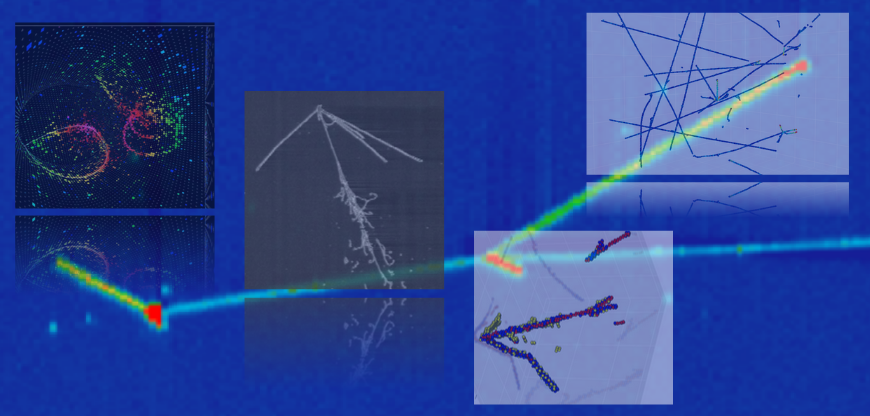Speaker
Description
The detectors of the Kamiokande saga relies on a well-established detection method using Cherenkov effect in ultra-pure water. Consequently, the reconstruction algorithms, especially of the Super-Kamiokande detector, have been developed since several decades, allowing to reach unparallel results in neutrino sector, from the constraints on the solar neutrino upturn to the atmospheric neutrino constraint on mass ordering. This continuity in the detector has allowed an extremely rich development of the reconstruction algorithms, whether by refinement of existing methods or by introduction of new algorithms.
In this talk, we propose to review the reconstruction algorithms of the Super- and Hyper-Kamiokande experiments. In the context of the construction of Hyper-Kamiokande, an unprecedented development of Machine Learning-based algorithms has recently emerged. Though extremely powerful, these algorithms performances are often limited or over-tuned due to our unability to guide efficiently Machine Learning algorithms to identify key physics parameters. This talk propose to give an overview of the most traditional to Machine Learning based algorithms in order to overcome this challenge and maintain a fruitful dialog between the two approaches.

